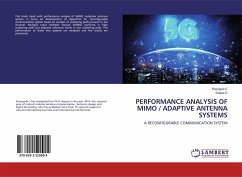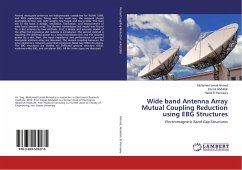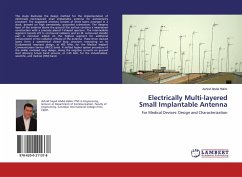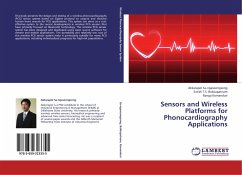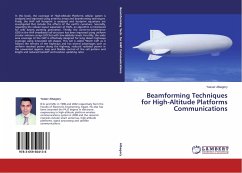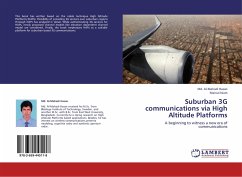Multiport array-antennas are widely used in beamforming, multiple input multiple output (MIMO), and diversity systems. In applications where a space less than half- wavelength is available, strong mutual coupling between antenna ports is introduced and causes system performance degradation. In addition, limited size of ground plane (chassis modes) will modify the radiation characteristics of the antenna array. Design of decoupling matching networks becomes of essential to compensate for the effect of mutual coupling. In this book, different approaches of decoupling networks will be presented. In the Eigenmode based decoupling approach, the mutual coupling is compensated through a physical path connected between array elements, while in the parasitic decoupling approach, antenna ports are decoupled through a coupling path between array elements. Both approaches are demonstrated for the monopole four square array antenna where four monopole elements are placed at the corners of an electrically small platform (chassis) to scan the beam in azimuth.
Bitte wählen Sie Ihr Anliegen aus.
Rechnungen
Retourenschein anfordern
Bestellstatus
Storno


